The reason why the lions in the Forbidden City all have drooping ears: An extremely scary reminder to concubines
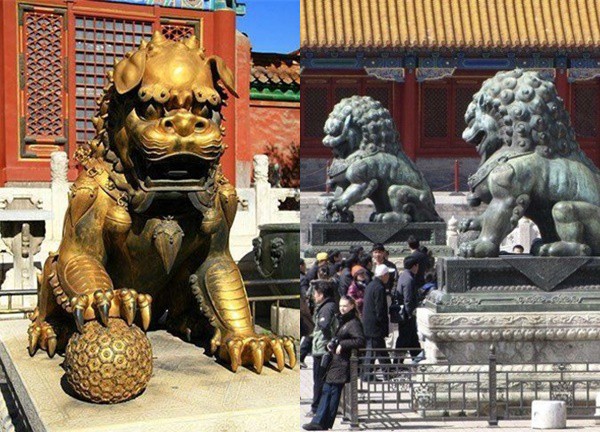
3 | 0 Discuss | Share
The Cold Palace is known as the final destination of unfortunate or guilty concubines. So why did this place become the "hell on earth", the most haunted place in the Forbidden City, driving many people crazy?
The Cold Palace is a familiar place that often appears in historical dramas. This is where concubines who have fallen out of favor or committed crimes are exiled. Once they fall into this place, the concubine will have little chance of being favored again, and may even die alone here. So does this place really exist inside the Forbidden City? The answer is yes.
According to historical records, the Forbidden City was not built in a fixed location, but was simply a dark room used to confine concubines. And the specific location of the cold palace also changed with each emperor.
During the reign of Emperor Ming Xizong, Imperial Concubine Cheng was imprisoned in the cold palace. At that time, the cold palace was located in the western room of the Imperial Flower Garden. However, during the reign of Emperor Guangxu, Imperial Concubine Zhen was imprisoned in the northern cold palace of the Jingqi Pavilion. However, the common point of the cold palaces was that they were remote, desolate, isolated, and not renovated, far from the main palace.
The cold palace was not only for concubines and palace maids who committed crimes or fell out of favor, but was also a place for the concubines of deceased emperors. According to the palace rules, the later lives of "widows" could only live to serve their husbands and were not allowed to marry new men, even if they were only 18 or 20 years old. Therefore, after the emperor died, concubines and palace maids were often pushed into forbidden palaces for "widows" such as Tu Ninh Palace, Tho Anh Palace or Tho Khang Palace.
Although rarely mentioned, the Forbidden City also had a cold palace for men called Tieu Dieu Palace. Initially, Tieu Dieu Palace was used to imprison lazy people, but later became a place to detain prisoners and eunuchs.
Life inside the cold palace
The Cold Palace can be considered one of the most terrifying and haunted places in the Forbidden City. Those exiled to the Cold Palace were only allowed to wear ordinary clothes and were not allowed to bring any entourage.
Basically, when pushed into the cold palace, the concubines and palace maids will be isolated from the world and will hardly have the chance to see the outside world again. They have to live alone, in dark, dusty, damp rooms, lacking both material and spiritual things. The entire cold palace has only one entrance to bring food and drinks in every day.
Not every concubine who committed a mistake had the chance to be imprisoned in the cold palace. Generally speaking, if there was a high-ranking official in the Qing Dynasty's court in the family, then when the concubine made a mistake, the emperor would only send her to the cold palace instead of executing her. However, if the concubine had no support and dared to make a big mistake, then her only path was death.
Because the people in the cold palace were often treated very badly, not even comparable to eunuchs or palace maids. The concubines here were imprisoned or tortured to death, starved to death or died of insanity. Even the precious things they had were taken and confiscated by the eunuchs but they could not speak out.
Except for a few concubines who could not bear the humiliation and chose to leave, most of the concubines in the cold palace still chose to endure it. But gradually they could not bear it anymore and went crazy, eventually dying of hunger, cold, and illness. In short, the women who were sent to the cold palace often had miserable endings.
However, this cold palace also has some incredibly special stories, that is, an emperor was born in this very place. Accordingly, during the reign of Emperor Minh Hien Tong, Empress Ly Muc Ky was imprisoned in the cold palace while pregnant.
Empress Li Muji gave birth to Zhu Youtang, who later became Emperor Ming Xiaozong. With the help of many eunuchs and maids, Zhu Youtang lived in the cold palace until he was 6 years old, when he was brought into the palace to acknowledge his father.
forbidden zone
Nowadays, while the Forbidden City has gradually opened its doors to the public, the cold palace remains "closed and bolted". This raises many questions about whether the cold palace contains any secrets that make it still considered a "forbidden zone" to future generations?
This place was originally used to confine concubines, and even witnessed the deaths of many concubines who fell out of favor. Therefore, there have long been many thrilling anecdotes surrounding the cold palace with stories about "ghosts". Some people believe that the cold palace is not open to visitors because the "yin energy" is too heavy.
These doubts were only answered when the last Qing Emperor, Pu Yi, published the book "The First Half of My Life" in his later years. According to Pu Yi's explanation, the cold palaces inside the Forbidden City were all very dilapidated places. When the feudal system still existed, this place had not received much attention or care from the Emperor.
Furthermore, by the end of the Qing Dynasty, the national treasury was in short supply, and the imperial palace was too large. The imperial court absolutely did not want to waste money on renovating the cold palace. After many historical changes, the cold palace inside the Forbidden City, which was already desolate, became even more old and dilapidated.
A representative of the Palace Museum also gave a similar explanation. Accordingly, the cold palace does not have much sightseeing value, and is very dilapidated, and its restoration is extremely complicated and costly. Because it has not been renovated for many years, the cold palace has become an unsafe place, and if visited, it could threaten the lives of visitors.
Little known facts about the Forbidden City: Is the palace real? Shadows dancing in Thai Hoa Palace? 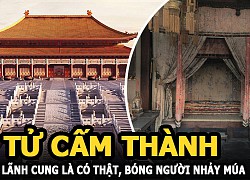 team youtube23:11:40 05/06/2021Beijing Ancient Palace, also known as the Forbidden City, is the palace of 24 dynasties from the middle of the Ming Dynasty to the end of the Qing Dynasty, built in the 4th year of the Ming Dynasty. Thanh To. During its 600 years of history, the Imperial Palace has brought with it...
team youtube23:11:40 05/06/2021Beijing Ancient Palace, also known as the Forbidden City, is the palace of 24 dynasties from the middle of the Ming Dynasty to the end of the Qing Dynasty, built in the 4th year of the Ming Dynasty. Thanh To. During its 600 years of history, the Imperial Palace has brought with it...

3 | 0 Discuss | Share

2 | 0 Discuss | Share
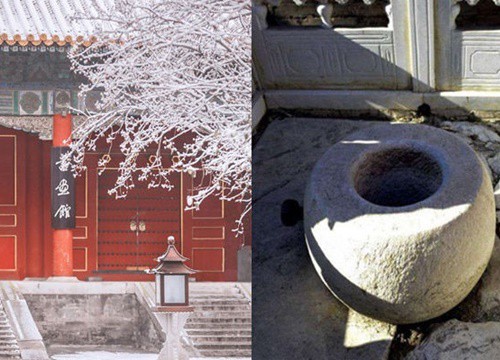
2 | 0 Discuss | Share

5 | 0 Discuss | Share

1 | 1 Discuss | Share
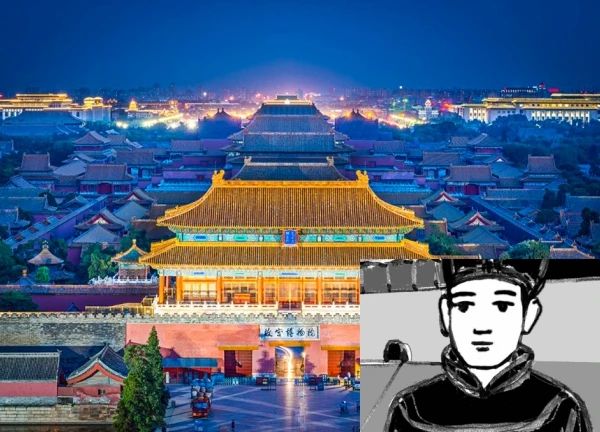
1 | 1 Discuss | Share
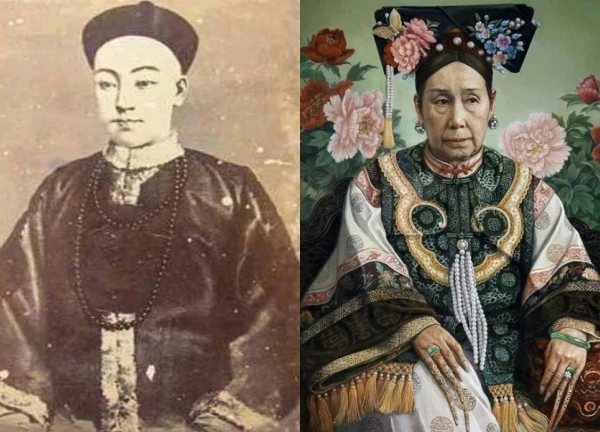
1 | 1 Discuss | Share
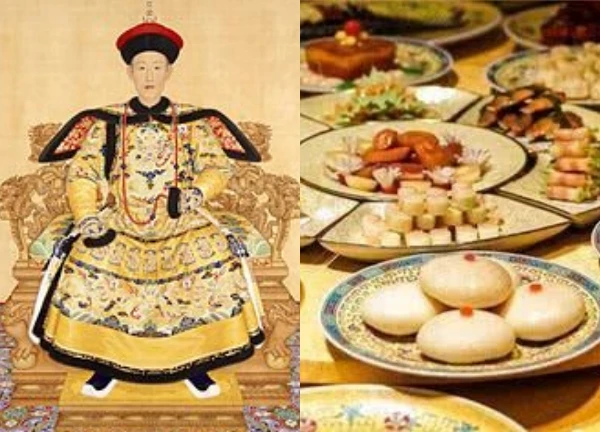
1 | 1 Discuss | Share
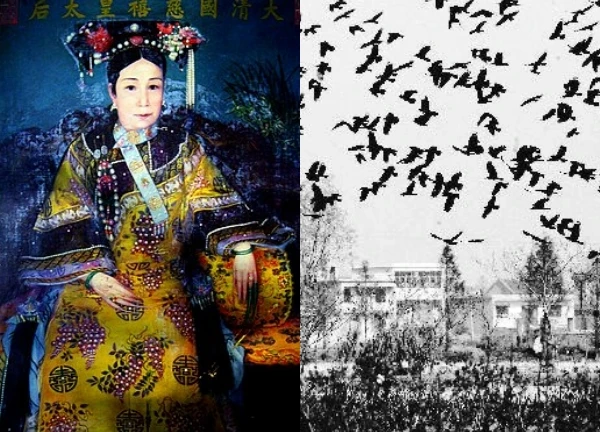
1 | 1 Discuss | Share
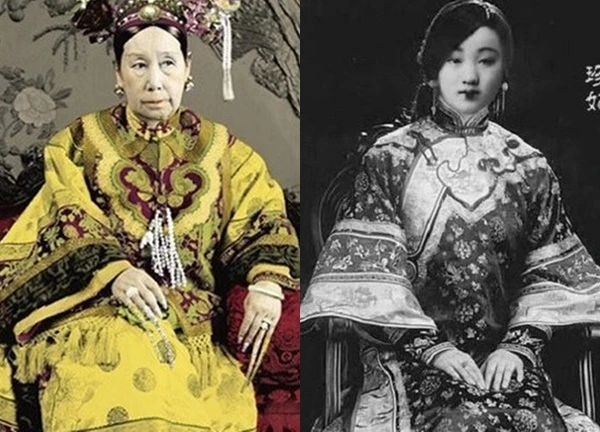
2 | 1 Discuss | Share
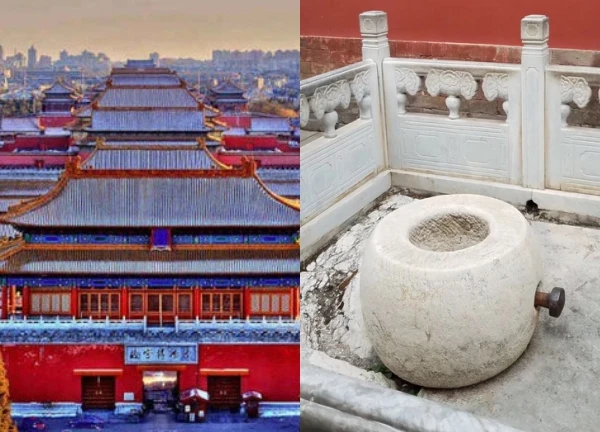
2 | 1 Discuss | Share
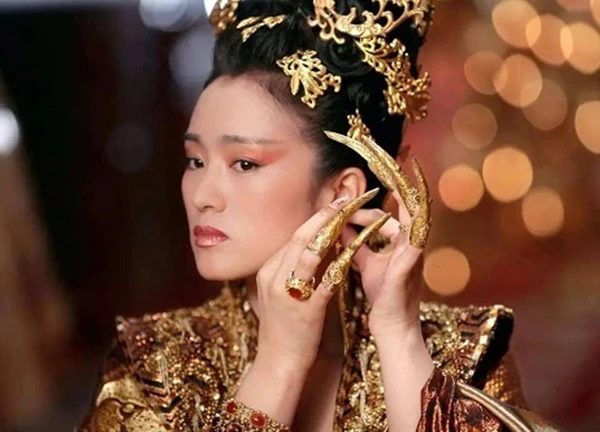
1 | 1 Discuss | Share










5 | 1 Discuss | Report